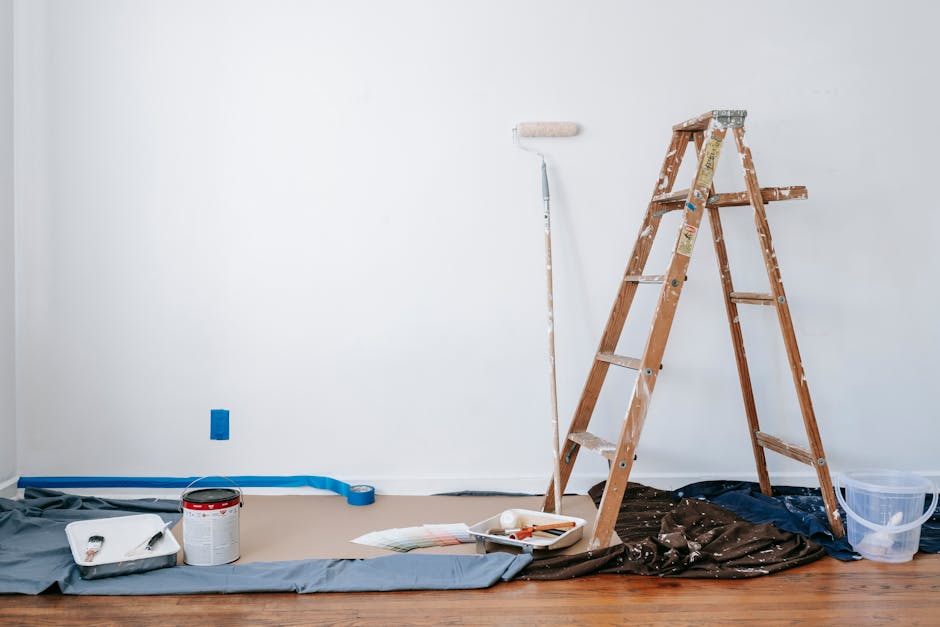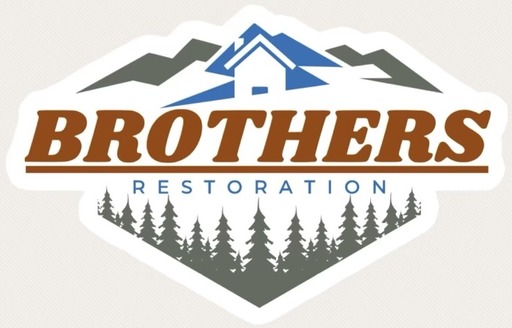When a fire occurs, the aftermath often leaves behind significant challenges, especially in terms of smoke damage restoration. Understanding the restoration process is crucial for homeowners looking to reclaim their living spaces effectively. The smoke damage restoration process typically involves several key steps:
- Assessment: A thorough evaluation of the property is conducted to identify the extent of smoke and soot damage.
- Containment: To prevent the spread of contaminants, affected areas are sealed off, ensuring that the restoration process is contained.
- Cleaning: Specialized cleaning techniques are employed to remove soot and smoke residues from surfaces. This may include using air scrubbers and thermal fogging.
- Deodorization: After cleaning, deodorization techniques are applied to eliminate lingering odors, ensuring a fresh environment.
- Restoration: Finally, any damaged materials, such as drywall or flooring, are replaced, restoring the home to its pre-damage state.
Each step in the process is vital for ensuring that the home is not only visually restored but also safe for its occupants. The quicker the restoration begins, the better the results will be, as it minimizes further damage and health risks associated with smoke exposure. If you find yourself in need of effective smoke damage restoration, don’t hesitate to call 208 Flooded or visit our website at www.brothersresto.com for immediate assistance.
Assessing the Extent of Smoke Damage
.jpg)
Assessing the extent of smoke damage is a critical first step in the restoration process. This evaluation not only helps determine the necessary cleaning and restoration methods but also provides insight into the overall impact of the fire on your home. Here are some key factors to consider during the assessment:
- Visual Inspection: A thorough visual inspection of the affected areas is essential. Look for signs of smoke stains, discoloration on walls, and residue on furniture. Pay close attention to hidden areas, such as behind appliances and inside cabinets, where smoke may have penetrated.
- Odor Detection: Smoke leaves behind strong odors that can linger long after the fire has been extinguished. Identifying the presence of these odors can indicate the severity of the damage and the need for extensive deodorization efforts.
- Material Type: Different materials react differently to smoke exposure. For example, porous materials like upholstery and carpets may absorb smoke, while non-porous materials like metal or glass are generally easier to clean.
- Health Risks: It’s important to consider the potential health hazards associated with smoke damage. Residual smoke particles can be harmful, especially for individuals with respiratory issues. This factor should guide the urgency and approach to the restoration.
By understanding the extent of smoke damage, homeowners can make informed decisions regarding the restoration process, ensuring that all affected areas are properly addressed, and their family’s safety is prioritized.
Essential Tools for Effective Restoration

Effective smoke damage restoration requires the right tools and equipment to ensure that every trace of smoke and soot is thoroughly removed. Here are some essential tools that professionals use during the restoration process:
- High-Efficiency Particulate Air (HEPA) Filters: These filters are crucial for capturing fine smoke particles and allergens, improving indoor air quality in your home. They are often used in air purifiers and vacuum cleaners designed for smoke damage cleanup.
- Thermal Imaging Cameras: These devices help locate hidden smoke damage by detecting temperature differences in walls and ceilings. This technology allows restoration teams to see areas that may not be visible during a standard inspection.
- Ozone Generators: Ozone generators are effective for neutralizing smoke odors. They release ozone molecules that attach to odor-causing particles, breaking them down and eliminating the smell. However, these machines should be used with caution and in unoccupied spaces.
- Steam Cleaners: Steam cleaning is a powerful method for removing soot and smoke residues from various surfaces. The high temperature of the steam helps to lift and dissolve the particles, making it easier to clean carpets, upholstery, and even hard surfaces.
- Protective Gear: Safety should always be a priority during restoration. Professionals use personal protective equipment (PPE) such as gloves, masks, and goggles to shield themselves from harmful particles and chemicals encountered during the cleanup process.
Utilizing these essential tools not only enhances the effectiveness of smoke damage restoration but also ensures a safer and more thorough recovery process for your home.
Steps for Professional Smoke Damage Cleanup
The process of professional smoke damage cleanup is systematic and thorough, ensuring that every aspect of the damage is addressed effectively. Here are the key steps involved in the cleanup process:
- Assessment: The first step is to conduct a comprehensive assessment of the property. Restoration professionals evaluate the extent of the smoke damage, identify affected areas, and determine the necessary restoration techniques.
- Safety Precautions: Before beginning the cleanup, safety precautions are put in place. This includes wearing protective gear and ensuring proper ventilation in the affected areas to minimize exposure to harmful particles.
- Removal of Affected Materials: Damaged materials, including carpets, insulation, and drywall, are carefully removed. This step is crucial to prevent further contamination and to make way for effective cleaning.
- Cleaning and Deodorization: Using specialized tools and cleaning agents, professionals thoroughly clean all surfaces. This includes scrubbing walls, ceilings, and floors, as well as deodorizing the environment to eliminate lingering smoke odors.
- Restoration: Once the cleaning and deodorization are complete, restoration efforts begin. This may involve repairing or replacing damaged structures, repainting walls, and restoring furniture and personal items.
- Final Inspection: After the restoration work is done, a final inspection is carried out to ensure that all smoke damage has been addressed and that the home is safe and habitable.
By following these steps, professional smoke damage cleanup not only restores the integrity of your home but also helps to protect your family’s health and well-being.
Importance of Timely Smoke Damage Restoration

Understanding the importance of timely smoke damage restoration cannot be overstated. When smoke damage occurs, the clock starts ticking, and the faster action is taken, the better the recovery outcomes. Here are several reasons why immediate restoration is crucial:
- Prevention of Further Damage: Smoke can permeate various materials in your home, leading to deeper and more extensive damage if not addressed promptly. Quick restoration helps to mitigate this risk.
- Health Concerns: Smoke residues can harbor harmful chemicals and particulates that pose health risks to occupants, especially for children and individuals with respiratory issues. Timely cleanup minimizes exposure to these harmful substances.
- Reduction of Repair Costs: The longer you wait to address smoke damage, the more extensive the repairs may become. Early intervention can significantly lower the overall costs of restoration.
- Restoration of Property Value: Homes with smoke damage that are left untreated can suffer a decrease in property value. Timely restoration helps preserve the value of your home and maintains a safe living environment.
- Peace of Mind: Knowing that your home is being restored quickly and effectively allows homeowners to regain a sense of normalcy and peace, minimizing stress during a difficult time.
Acting swiftly can make all the difference in the smoke damage restoration process, ensuring that your home remains a safe and welcoming space for your family.
Preventing Future Smoke Damage in Homes

Preventing future smoke damage in homes is vital for maintaining a safe and healthy environment. Here are some practical steps homeowners can take to minimize the risk of smoke damage:
- Install Smoke Detectors: Ensure that smoke detectors are installed in every room and are functional. Regularly check the batteries and replace them as needed.
- Practice Safe Cooking: The kitchen is a common source of smoke damage. Always monitor cooking activities and avoid leaving food unattended on the stove.
- Maintain Heating Equipment: Regular maintenance of fireplaces, wood stoves, and other heating equipment helps to prevent soot buildup and reduces the risk of chimney fires.
- Use Proper Ventilation: Ensure that your home is well-ventilated to disperse any smoke that may occur from candles, incense, or other sources.
- Educate Family Members: Make sure that everyone in the household understands the importance of fire safety and knows how to respond in case of a fire.
By implementing these preventive measures, homeowners can significantly reduce the likelihood of smoke damage in their homes. If you ever find yourself dealing with smoke damage, remember that timely action is key to effective restoration. Call 208 Flooded or visit our website at www.brothersresto.com for professional assistance.



